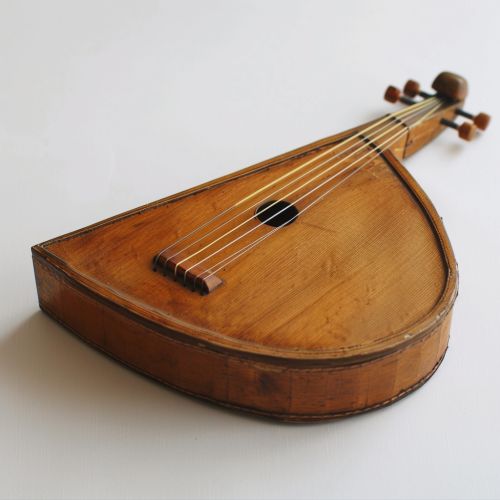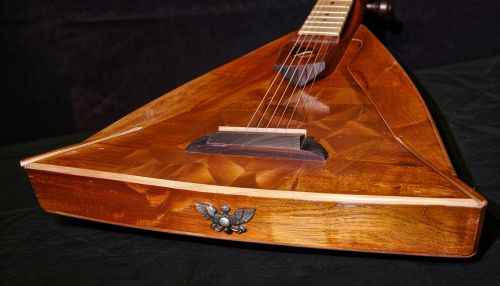Balalaika
History
The Balalaika is a traditional Russian stringed instrument with a characteristic triangular body and three strings. The origins of the balalaika are somewhat unclear, but it is generally agreed that it descended from the domra, a similar three-stringed instrument from the Middle Ages. The balalaika became popular in the 18th century among the Russian peasantry and was often used to accompany singing and dancing.


Design and Construction
The balalaika is made from various types of wood, including spruce, maple, and birch. The body, or sound box, is triangular and hollow, with a sound hole in the center. The neck is long and thin, and it is usually fretted, although some balalaikas are fretless. The three strings are traditionally made of gut or silk, but modern balalaikas often use nylon or steel strings.
Playing Techniques
The balalaika is typically played by strumming or plucking the strings with the fingers, although some players use a plectrum. The player usually holds the instrument across the body at a 45-degree angle. The strings are tuned to different pitches, depending on the size of the balalaika. The standard tuning for a prima balalaika is E-E-A.
Types of Balalaikas
There are several different types of balalaikas, each with its own size and tuning. The smallest is the prima balalaika, which is also the most common. Other types include the secunda, alto, bass, and contrabass balalaikas. Each type has a specific role in the balalaika orchestra, a traditional Russian ensemble that includes various types of balalaikas and domras.
Balalaika in Popular Culture
The balalaika has a significant presence in Russian culture and is often featured in folk music, dances, and songs. It has also made its way into popular culture, appearing in films, television shows, and even video games. Despite its traditional roots, the balalaika has been used in a variety of musical genres, including classical, jazz, and rock music.
